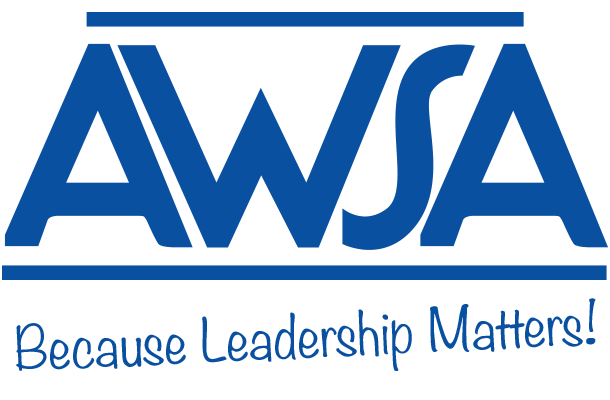Communication Challenges: Dress Codesby Joe Donovan, Founder and President, The Donovan Group Among the issues I have been following over the last few years is how schools are dealing with student dress codes. It is an issue that transcends all educational leadership, but can be particularly challenging when it comes to communication. The issue is difficult on many levels, and there is no one right way to communicate about dress codes. However, I have found that there are some things to consider doing—and certainly things to avoid—when communicating about them. First, it is important to note that the topic of dress codes is closely followed by journalists who cover education at a national level. These national stories are being localized by reporters in Wisconsin. It is an interesting story that reflects some of the larger themes of race, ethnicity and gender. As such, it is an issue that requires our attention. I will note here that it is not my place, nor is it the purpose of this article, to comment on dress codes themselves. Instead, my purpose is to focus on communication. With that in mind, the following are some ideas I encourage you to consider when communicating about dress codes, especially if you are asked by the media for a response. Speak to process and policy, not personalities We all know that education is a microcosm of the larger world and that the big issues of the day often play themselves out in schools. The issue of dress codes is bigger than just what students wear to school; it involves issues of race, ethnicity and gender. Therefore, when discussing the dress codes at your school or district, explain how and when the policy was created and the process the board or district uses to review and update policies. That allows the debate, if there is one, to play out at that level. We must remember that constructive debate is healthy and necessary for an organization. Do not speak to dress that does not meet codes as being ‘distracting’ Over the years, I have seen quotes from education leaders explaining dress codes being necessary to avoid “distractions.” Even with the best intentions, this line of reason will result in thoughtful, but difficult-to-answer follow-up questions about whether it is the dress wearer or the dress observer who is in the wrong. Do not speak to specific body types Again and again, when I review local coverage of dress codes outside Wisconsin, I read quotes that say, essentially, that what is appropriate for one young person to wear based on their body type would not be appropriate for another young person. This message is so problematic that I could write an entire book about it. Suffice it to say, when speaking of dress codes, do not speak to specific body types. Be cognizant of who you are Communicating about student dress is an issue that is rife with challenges. It’s one of those issues in which it’s necessary for us to all be cognizant of who we are as leaders and communicators. I am a white male, and while I believe I am sensitive in my communications and consider the perspectives of all others, the fact is that, despite my best efforts, I have blind spots. I am reminded that I will always have a lot to learn about what it means to be someone who does not share my characteristics. To that end, as you are creating your message points, do what I do, and share drafts with trusted colleagues who do not share your race, ethnicity and gender. Ask for their thoughts about how communication can be improved and ensure you are not inadvertently saying something offensive to any students or their families. As in all things, we must remember that our first and most important responsibility is to ensure the wellbeing of all our students. That truly means all. Although we can not control the dress styles of the day, we can control our reaction to them. Joe Donovan is the founder and president of the Donovan Group. The Donovan Group is an education-focused communications firm that provides crisis communications support to AWSA members. If you have a crisis situation or a communications-related question, please don’t hesistate to call Joe Donovan at 414-409-7225 ext. 2, or reach out to him via email at [email protected].
Read more at:
Elementary Edition - Secondary Edition - District Level Edition
|
